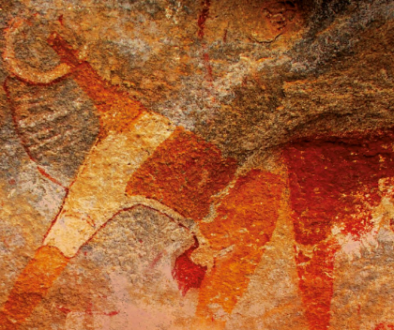Tibetan Sacred Sites: Understanding the Traditional Management System and Its Role in Modern Conservation
Shen, Xiaoli; Lu, Zhi; Li, Shengzhi; Chen, Nyima2012
Sacred natural sites are based on indigenous culture and traditional practices that value land and lives, and are considered to be of significant contribution in biodiversity conservation. However, there is a lack of understanding about how these traditional systems function (i.e., the distribution and size of sacred sites, their management and current status), especially for those sites within the Tibetan region. From 2004 to 2007, we investigated 213 sacred mountains, a major form of Tibetan sacred site, in western China, and documented their traditional management system.
We mapped 154 sacred mountains within a GIS and estimated their average size was 25.9 km2 (range 0.6–208.4 km2), with sacred mountains of greater religious significance covering greater areas. Monasteries had an essential role in protecting sacred mountains; 73.1% assigning specific personnel to manage their sacred mountains, and 63.9% patrolling their mountains. Official nature reserves had a remarkable spatial overlap with sacred mountains, but few reserves had established collaboration with local communities or monasteries on the land resource management. We conclude that Tibetan sacred mountains could have an important role in conservation, not only because they cover a considerable area, but also because of strong local participation in conservation of sacred mountains.
To promote conservation in western China, Tibetan sacred sites need to be recognized and incorporated in the formal conservation network, and local communities should be empowered to participate in protecting and managing their sacred sites.
Reference
Shen, Xiaoli; Lu, Zhi; Li, Shengzhi; Chen, Nyima. “Tibetan sacred sites: understanding the traditional management system and its role in modern conservation”. Ecology and Society. Vol. 17 (2012), nº. 2, art. 13.




